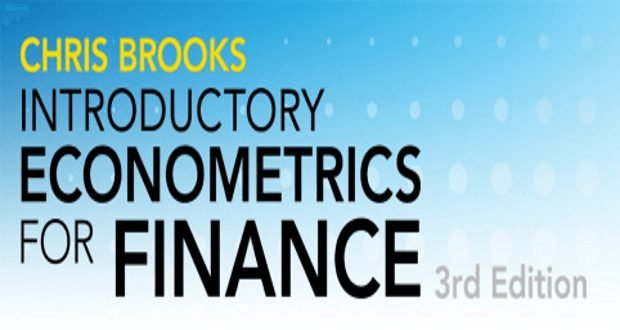180 câu trắc nghiệm Kinh tế lượng – Phần 4

Chapter 10: Regression with Panel Data
KTL_001_C10_1: The Fixed Effects regression model
● has n different intercepts.
○ the slope coefficients are allowed to differ across entities, but the intercept is “fixed” (remains unchanged).
○ has “fixed” (repaired) the effect of heteroskedasticity.
○ in a log-log model may include logs of the binary variables, which control for the fixed effects.
KTL_001_C10_2: In the Fixed Time Effects regression model, you should exclude one of the binary variables for the time periods when an intercept is present in the equation
○ because the first time period must always excluded from your data set.
○ because there are already too many coefficients to estimate.
● to avoid perfect multicollinearity.
○ to allow for some changes between time periods to take place.
KTL_001_C10_3: When you add state fixed effects to a simple regression model for U.S. states over a certain time period, and the regression \({R^2}\) increases significantly, then it is safe to assume that
○ the included explanatory variables, other than the state fixed effects, are unimportant.
● state fixed effects account for a large amount of the variation in the data.
○ the coefficients on the other included explanatory variables will not change.
○ time fixed effects are unimportant.
KTL_001_C10_4: In the panel regression analysis of beer taxes on traffic deaths, the estimation period is 1982-1988 for the 48 contiguous U.S. states. To test for the significance of entity fixed effects, you should calculate the F-statistic and compare it to the critical value from your \({F_{q,\infty }}\) distribution, where q equals
○ 48.
○ 54.
○ 7.
● 47.
KTL_001_C10_5: In the panel regression analysis of beer taxes on traffic deaths, the estimation period is 1982-1988 for the 48 contiguous U.S. states. To test for the significance of time fixed effects, you should calculate the F-statistic and compare it to the critical value from your \({F_{q,\infty }}\) distribution, which equals (at the 5% level)
○ 2.01.
● 2.10.
○ 2.80.
○ 2.64.
KTL_001_C10_6: Assume that for the T = 2 time periods case, you have estimated a simple regression in changes model and found a statistically significant positive intercept. This implies
○ a negative mean change in the LHS variable in the absence of a change in the RHS variable since you subtract the earlier period from the later period
○ that the panel estimation approach is flawed since differencing the data eliminates the constant (intercept) in a regression
● a positive mean change in the LHS variable in the absence of a change in the RHS variable
○ that the RHS variable changed between the two subperiods
KTL_001_C10_7: HAC standard errors and clustered standard errors are related as follows:
○ they are the same
● clustered standard errors are one type of HAC standard error
○ they are the same if the data is differenced
○ clustered standard errors are the square root of HAC standard errors
KTL_001_C10_8: In panel data, the regression error
● is likely to be correlated over time within an entity
○ should be calculated taking into account heteroskedasticity but not autocorrelation
○ only exists for the case of T > 2
○ fits all of the three descriptions above
KTL_001_C10_9: It is advisable to use clustered standard errors in panel regressions because
○ without clustered standard errors, the OLS estimator is biased
○ hypothesis testing can proceed in a standard way even if there are few entities (n is small)
○ they are easier to calculate than homoskedasticity-only standard errors
● the fixed effects estimator is asymptotically normally distributed when n is large
KTL_001_C10_10: If Xit is correlated with Xis for different values of s and t, then
● Xit is said to be autocorrelated
○ the OLS estimator cannot be computed
○ statistical inference cannot proceed in a standard way even if clustered standard errors are used
○ this is not of practical importance since these correlations are typically weak in applications